 |
| Lecture is 75 minutes twice per week, Discussion is 50 minutes once per week |
I've flipped the classroom to lecture only briefly (20 minutes every other period) during "Lecture" and even more briefly (20 minutes every period) during "Discussion." I thought students may feel more comfortable asking questions in "Discussion" because it's a smaller class size and a more intimate classroom setting (as square footage goes).
The rooms are so full, there's no way to collect/pass back papers so students turn in everything electronically, with the exception of the exams. I can give feedback electronically. For group work, the comment (typed once) is sent to all members of the group (3-4 students). For individual assignments, I can identify misconceptions and send corrections and suggestions to students one-by-one.
The groups have been assembled to mix over- and under-prepared students, I used an alphabetical system based on plants/names/colors. I got the idea staring at a box of crayola crayons. I made this random group picker wheel to call on groups, but I haven't used it yet.
I've been using Sli.do to capture anonymous feedback. The types of questions I ask this way are regarding Did you read? What are your fears? Suggestions for the course. Anything I think students wouldn't want to admit to. They can also ask questions of me and I can answer it online.
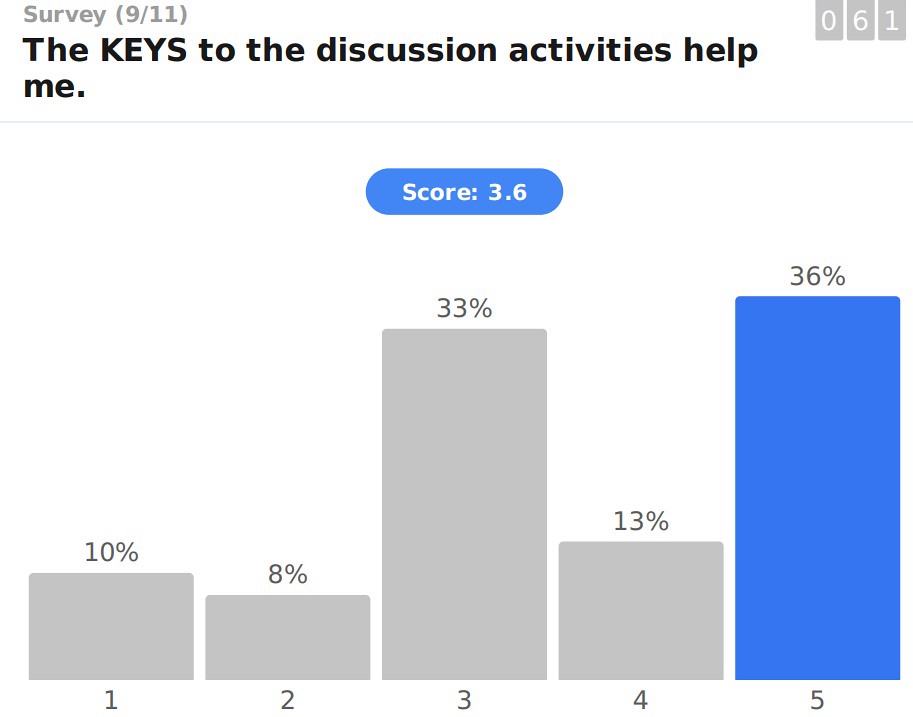 |
| In the open-ended portion of this survey, one student wrote "Didn’t know there were KEYS for discussion" |
I've been using PollEv to capture non-anonymous content knowledge. The activity is NOT worth points but it gives me an idea of what they are already understanding and what I need to plan to teach them that week and the next week.
I chose to use an OER, called OpenStax. It's something a colleague suggested to me a few years ago but I didn't feel secure enough in my job to do something like that unilaterally. Now, I feel more empowered to do what is best for students regardless of how my colleagues may react. So far, I like the change. The quality of the book is equivalent. There's no free online homework, but as part of the "flipped" model, I'm having students do problems DURING class instead of at home. The book (online or offline in .pdf) is FREE for the students.
Creative Exercises started out as an in-class exercise but have become a take-home assignment. Students are practicing showing their work, making their thoughts easy to see, writing down everything they know about a writing prompt. This goes together with one of my goals for the students which is teaching them about "Writing to Learn." In the process of writing down your thoughts, you can teach yourself things, which is why I strive to maintain this blog. Maybe in the future, I will have them upload their Chapter Outlines.
There's a YouTube playlist where students can go and watch the lectures that I would have done during class. I learned how to put hyperlinks in the video description so that students don't have to watch the entire video, they can skip ahead to topics that they want to know more about. I'm not sure how this is going, most of the feedback says that the videos aren't helpful.
The exam involves re-working. The in-class exam time is for students to show what they know in that moment without any help and with only a small set of reference information. Then they have a few weeks to revise their work and resubmit. This revision is submitted online. I'm giving 6 exams instead of 3 exams and 3 quizzes. The last two exams are comprehensive, with the idea that the first one will prepare them to do better on the second one.
Everything is available online to print and turn in. The due dates aren't rigid. The groupwork allows for flexibility if a person misses one class here and there. I've had a much easier time accommodating students who miss class for a religious holiday or doctor's appointment. Students perceive me as being more understanding, but in truth I just have a more flexible approach to assignments.
I also don't feel pressured to grade all 75 at once. I can sit down and grade for 10 minutes, then walk away. This takes the pressure off of me to do "marathon grading." Clicking the rubric is pretty effortless and then I can type comments faster than I would have been able to write them. I feel like having a rubric removes some of the bias. Also, since students upload their work, they aren't writing their name on it. I could do anonymous grading in Canvas to further remove bias.
Clearly there were other topics I thought about writing about: transportation, chemistry, climate change, community, Metrolink, politics, weight loss and vitamins. There just isn't time now. But seriously, GO VOTE.
It's taken me a long time and a lot of soul searching to get to the place where I could overhaul my CHEM 101 course so dramatically. I've been attending a Faculty Learning Community about taking an equity-minded approach to course design. What I can see is that these changes have had an equalizing effect on my class. I no longer penalize students for what they can't do. Instead I enable them to do more.

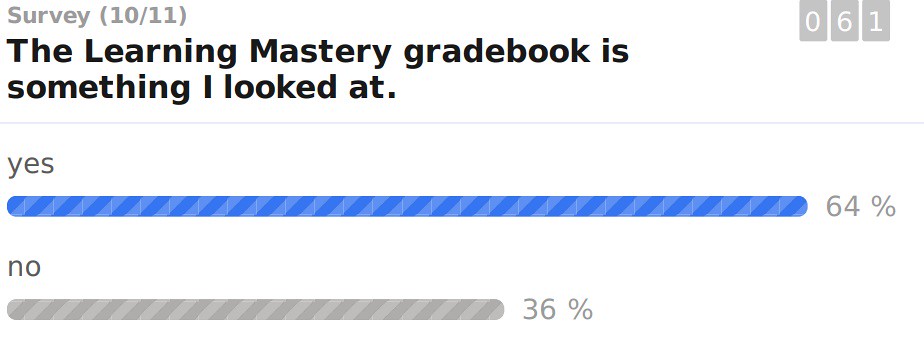



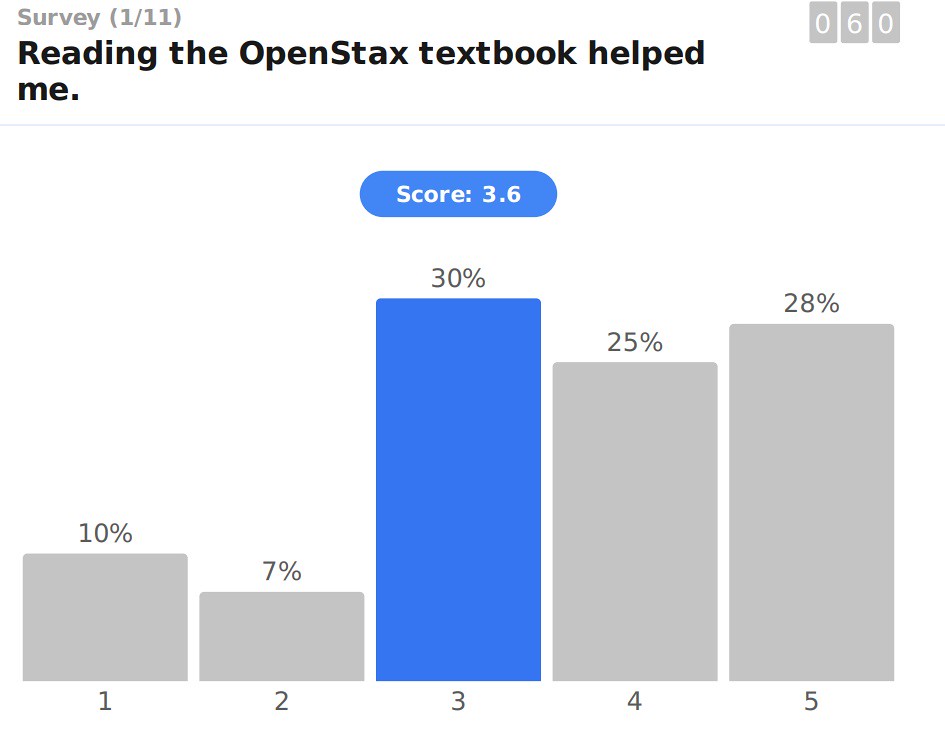
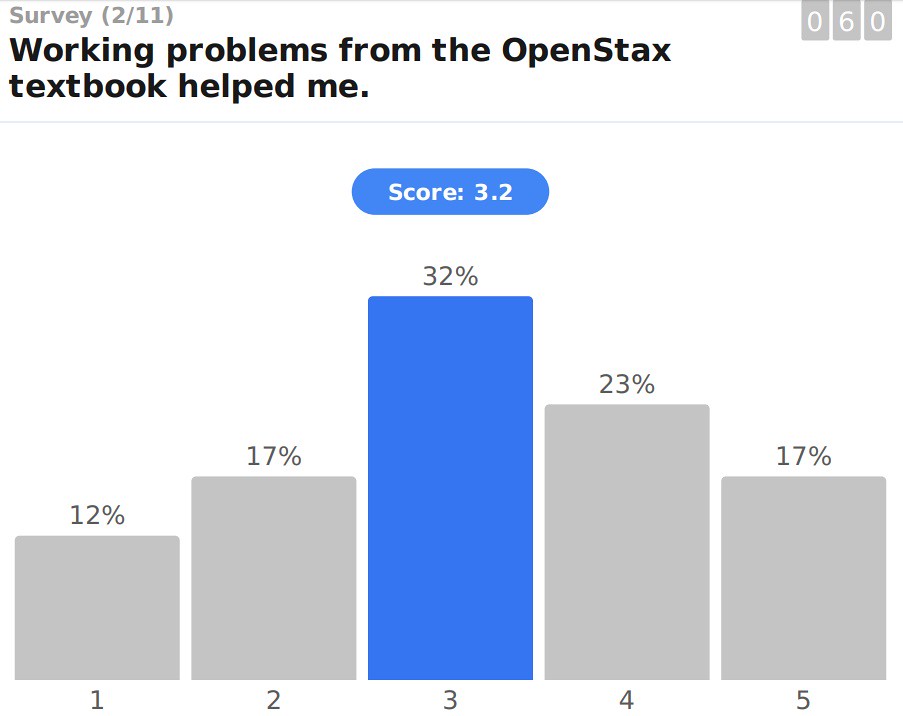

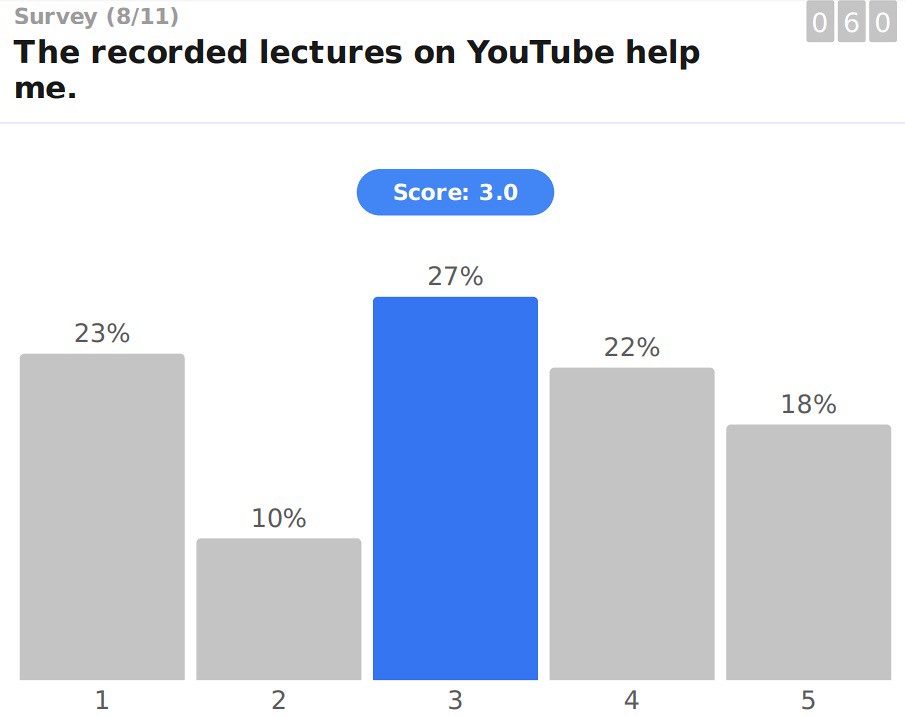
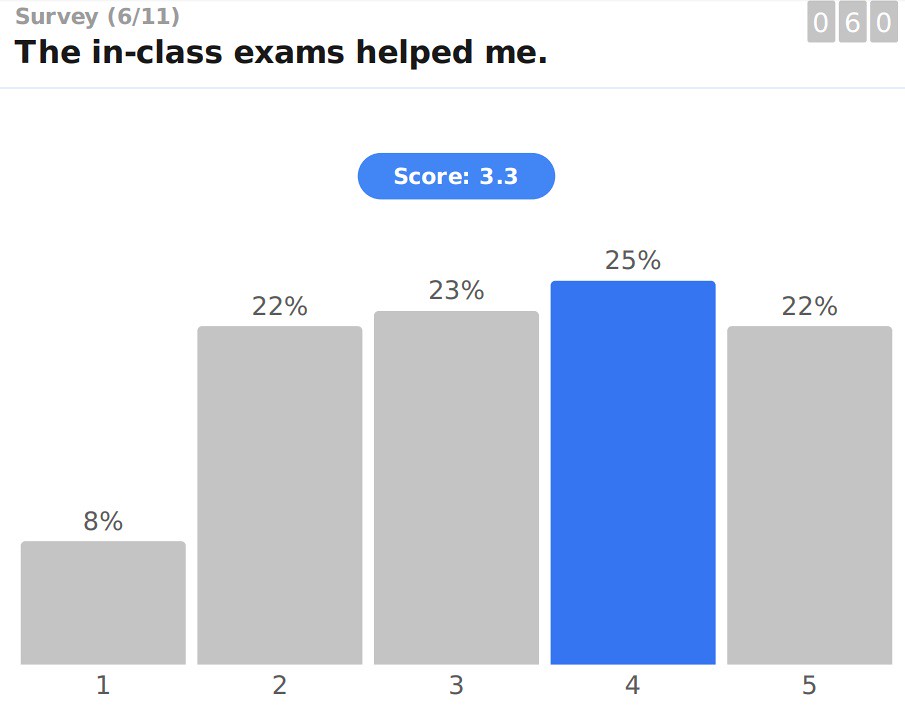
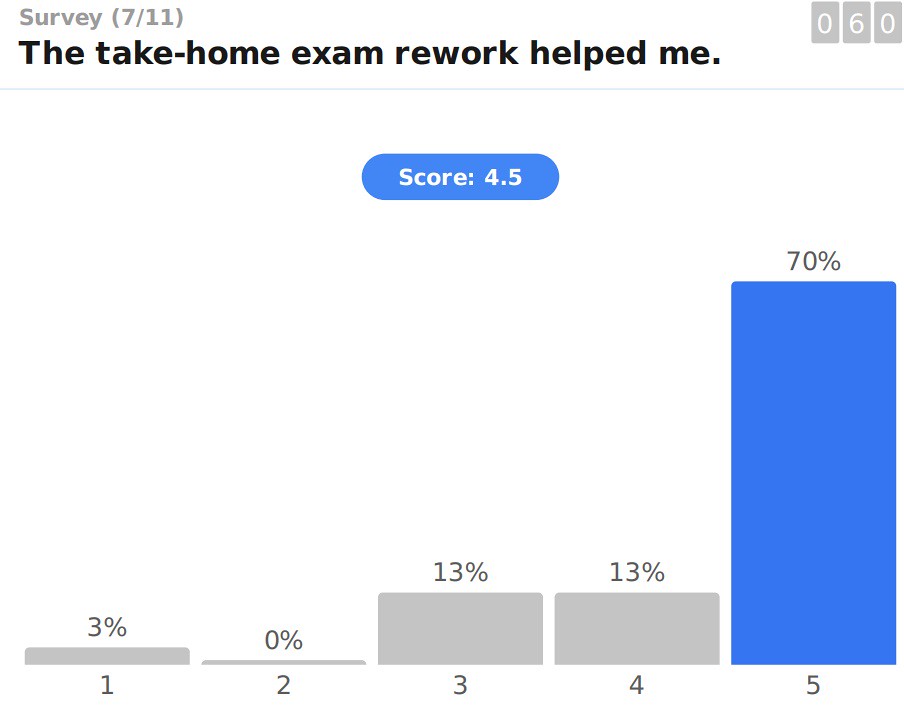
No comments:
Post a Comment